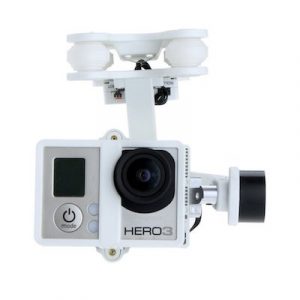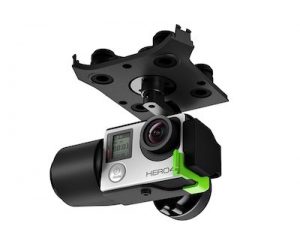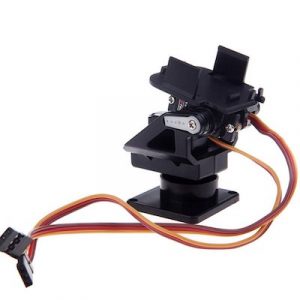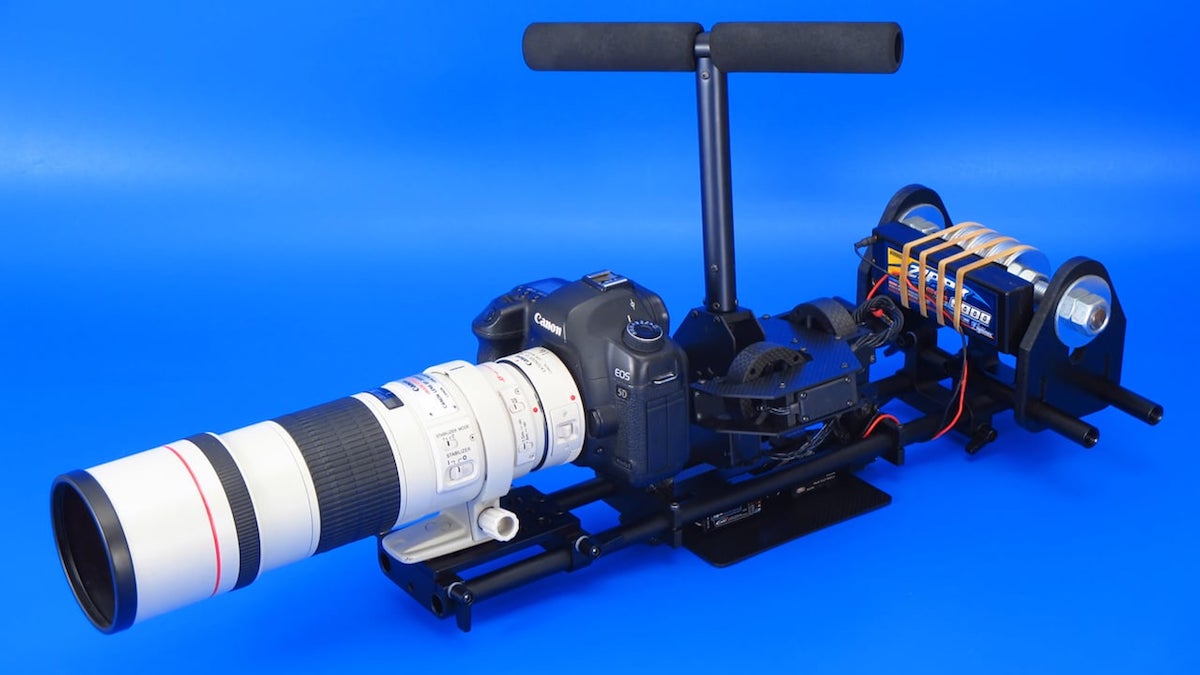How to Choose the Best Gimbal for Your Drone
Drones can become your eyes in the sky. They can allow you to view the world from lofty spaces which until recently were only accessible to birds. Thanks to video cameras attached to drones, not only can you view the world from great heights, but record what you see as well.
That’s where gimbal comes into the picture. A gimbal is a small mechanical device which is responsible for keeping the camera attached to the drone upright, no matter how frequently or violently the drone’s angle of flight changes. A proper gimbal mechanism is essential for getting clear, stable pictures and video shots from drones.
Choosing the Best Gimbal
Now the question arises, what is the best gimbal? The answer depends on the type of activity you intend to use your drone for. Do you want it for surveying and mapping? Photography shot? Filming a video? Search and rescue? The choice of gimbal will depend on what the drone camera is going to be used for. Let’s talk about the different types of gimbals and which form of activity they’re the best fit for.
2 Axis Gimbal
This style of gimbal stabilizes the camera across two axes, the pitch and the roll, hence its name. The 2 Axis gimbal is lightweight and can be carried easily. It can also be affixed easily between the drone and the camera. It consumes less power than the more complicated gimbals and can keep working over longer time periods. Its light structure also means it doesn’t weigh the drone down so you get a more agile movement of the drone.
Amateur drone hobbyists often use this kind of simple and inexpensive gimbal. The gimbal is most commonly found in drones cameras which are only supposed to provide a first person view of the scene before them and not to record footage.
Best 2 Axis Drone Gimbal

The Walkera G-2D Brushless Gimbal is a good choice for a 2 axis drone gimbal. It supports iLook, iLook+, Gopro Hero3, Gopro Hero 3+, and Sony cameras. It weighs just 4.8 ounces, thanks to its plastic construction. It’s at higher risk of breaking during crashes because it is not made of metal. Since it is lightweight, you will be able to fly longer though. It works on all DJI Phantom drones.
This is a great drone gimbal for people on a budget.
3 Axis Gimbal
A 3 axis gimbal is heavier and more expensive gimbal than a 2 axis gimbal. As the name suggests, this gimbal provides stabilization along 3 axes instead of 2, namely the yaw, pitch and roll. An extra motor is also affixed within the gimbal to provide more stability by absorbing movement vibrations.
The extra stability offered by the 3 Axis gimbal makes it a favourite among photographers and filmmakers. While flight time is reduced and the drone’s agility is compromised, the shots taken by the camera are much clearer and look far more professional.
Best 3 Axis Drone Gimbal

A 3 axis drone gimbal is the ultimate setup. It will give you stable and fluid videos. The GB11A from 3DR is a great 3 axis gimbal. It is stabilized to 0.1 degrees of pointing accuracy. It’s designed to attach to the 3DR Solo drone and it supports the GoPro HERO3+ and HERO4. If you want smooth quality footage, this is the gimbal for you.
Servo Gimbal
This type of gimbal is very light and cheap, and thus popular among professional drone users on a tight budget. The gimbal is easy to affix on to the drone without having to worry about other controllers. Some amount of shaking is accompanied with the use of the servo gimbal since the device is slow to react and shows some overshooting motion.
The interference is not severe enough to mess with photograph shots, but it can interfere with video recordings. Surveying and mapping drones which need to oversee a large site using first person view from the drone often make use of servo gimbals.
Best Servo Drone Gimbal

Pan Tilt makes a good servo gimbal for those looking to save money or limit the weight of their setup. It weighs just 0.5 oz and it fits all standard 30mm x 30mm cameras. It has two axis tilt to let you pan your camera. It is specifically designed for first person view (FPV) setups. At under $25, this is a good drone for those worried they may need to replace their gimbal after bad landings.
Brushless Camera Gimbal
As the 3 Axis gimbal offers more stability than the 2 Axis, the Brushless Gimbal offers better stability than the Servo gimbal. Videos recorded using the brushless camera gimbal are very smooth and carry no accompanying noises of vibration. The brushless gimbal has a faster reaction time which leads to smoother movement.
The brushless gimbal is the more expensive choice, and is therefore mainly used by true professionals working on expensive projects, like big-budget filmmakers. Most gimbals will be made of brushless motors. Just check for it before you buy.
Other Considerations
These are the four broad categories of gimbals you have to choose from. But these are not the only considerations you need to keep in mind. Here are a few other points you need to ponder before selecting a particular gimbal.
1. Your Price Range
How large is your budget? Are you working on a hobby or a professional project? Both these questions will help you decide whether to opt for the cheaper but more prone to vibrations Servo and 2 Axis Gimbals, or the more expensive but smoother Brushless and 3 Axis Gimbals.
2. Application
Are you planning to take photos or record a video? The Servo and 2 Axis Gimbals can be used if you only plan on taking pictures, but the brushless and 3 Axis are the better choice if you wish to record un-shaky and professional grade video.
3. Time in the Air
The Brushless and 3 Axis Gimbals are heavier and consumes more power, and thus cannot stay in the air for as long as the Servo and 2 Axis Gimbals can. While using Brushless, you really have to plan every step of the camera work accurately to make the most of the shorter amount of time the drone will stay up in the air.


